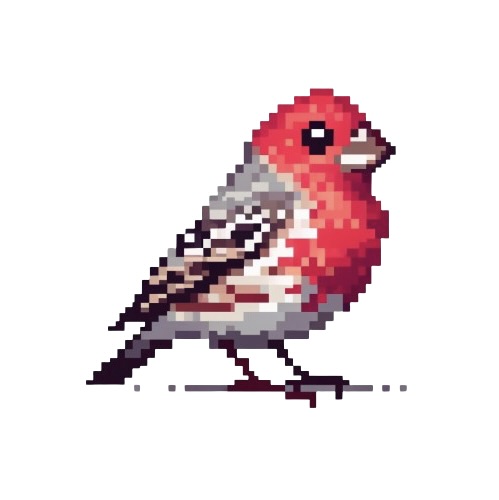Current Research
Avian Genomics: A blend of bioinformatics and birds.
The unifying theme of my research is a multidisciplinary approach. Most recently, I have been working with computational approaches to address these questions:
Q1) Do differences in the number and structure of genes in bird MHC correlate with their immunity to bacterial infections?
Q2) How does the degree of functional diversity within the MHC vary among songbird species?
Q3) Is duplication and subsequent diversification of classical MHC genes a common strategy among birds for handling a greater variety of pathogens?
MHC is notoriously difficult to sequence because it is highly complex and repetitive. Long-read sequencing has largely addressed this challenge. For this reason, I have been working on using long-read sequencing to assemble bird genomes, identify immune genes, and compare the gene content and structure.
Recent Successes
Here is a list of some small victories I have had in this graduate program.
1) I have successfully assembled the American Goldfinch (Spinus tristis) genome. I have also been able to annotate a large portion of its genome. 2) I got an internship as a data migration assistant at Soccer Without Borders (SWB). 3) Thanks to Labroots, I won a travel scholarship that will allow me to attend the American Ornithological Society (AOS) conference in October. 4) I placed at the 2024 Stanislaus State Grad Slam which is very similar to a 3-minute thesis competition.
Previous Research
Biological Networks: Big data meets biology.
The unifying theme of my research is a multidisciplinary approach. Most recently, I have been working with computational approaches to address these questions:
Q1) Do differences in the number and structure of genes in bird MHC correlate with their immunity to bacterial infections?
Q2) Did the genes in the MHC diversify before or after speciation? Q3) Is duplication and subsequent diversification of classical MHC genes a common strategy among birds for handling a greater variety of pathogens?
MHC is notoriously difficult to sequence because it is highly complex and repetitive. Long-read sequencing has largely addressed this challenge. For this reason, I have been working on using long-read sequencing to assemble bird genomes, identify immune genes, and compare the gene content and structure.
